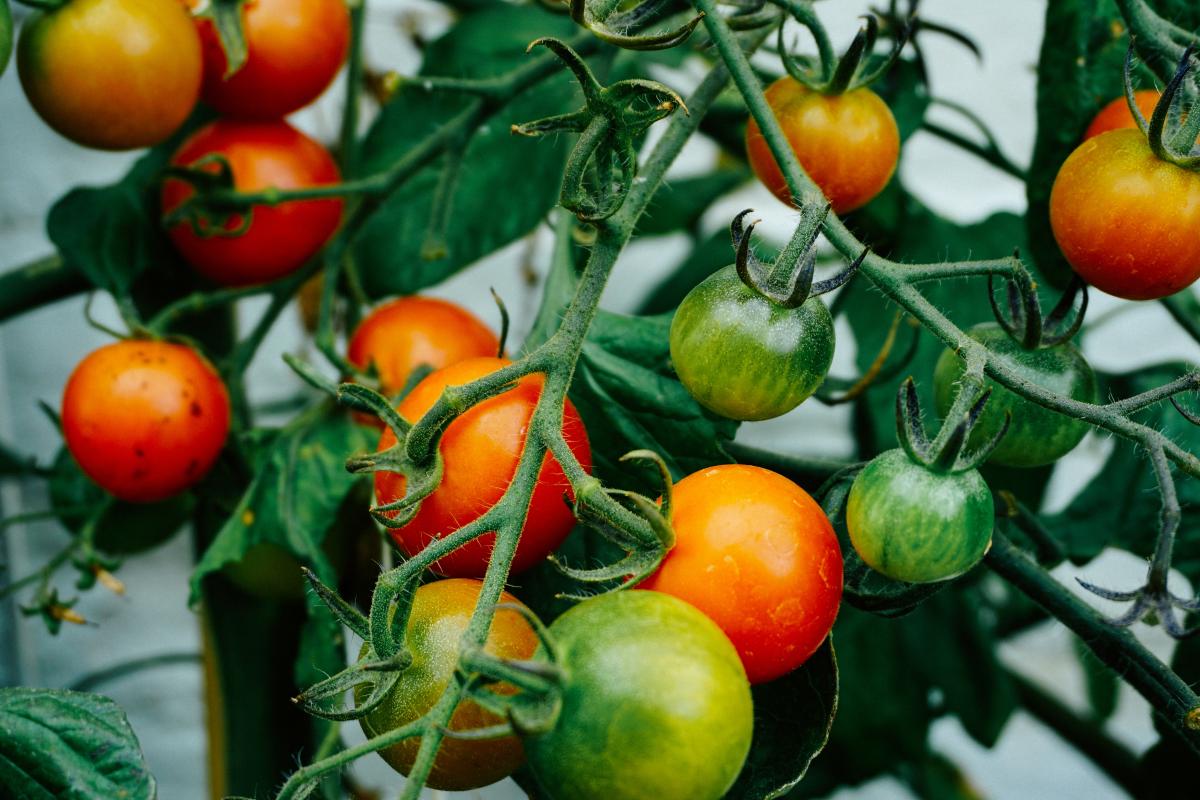
Plant Pigment Spectrophotometry: Measuring Pigment Absorbance in Flowers and Leaves
In this lesson students explore the relationship between pigmentation and light absorbance. Students will use a spectrophotometer to analyze pigment samples and record the absorption spectrum for pigments found in leaves and flowers. Students work in groups to analyze samples and discuss the relationship between the colors of leaves and flowers, the pigments they contain, and the light they absorb or reflect. This lesson can be done as a stand alone lesson if pigments are available, but requires the separation of pigments beforehand and functions best as a follow up to the plant pigment chromatography lesson.
Lesson Plan Link/URL
https://docs.google.com/presentation/d/1wyeeHhTEyqnay_rsgGqy_sTzrwvdV9-BMX63Me_…Subject Area
Science Physical Science P4: Energy Transfer Life Science L2: Organisms & Energy Technology 1. Empowered Learner Mathematics Measurement and Data (MD)Related Content

This lesson uses a PhET Simulation to allow students to collect data on the orbits of planets around our Sun, then summarize and share their results. It is designed for students in Grades 9-12.

This lesson introduces the students to the different types of pigments found in plants. At the same time, this lesson plans will also introduce the students to the basics of spectrophotometry

Students will build a paper marble run out of recycled paper which maximizes the time of travel. Students will then analyze the run with energy diagrams and determine how much energy was lost.